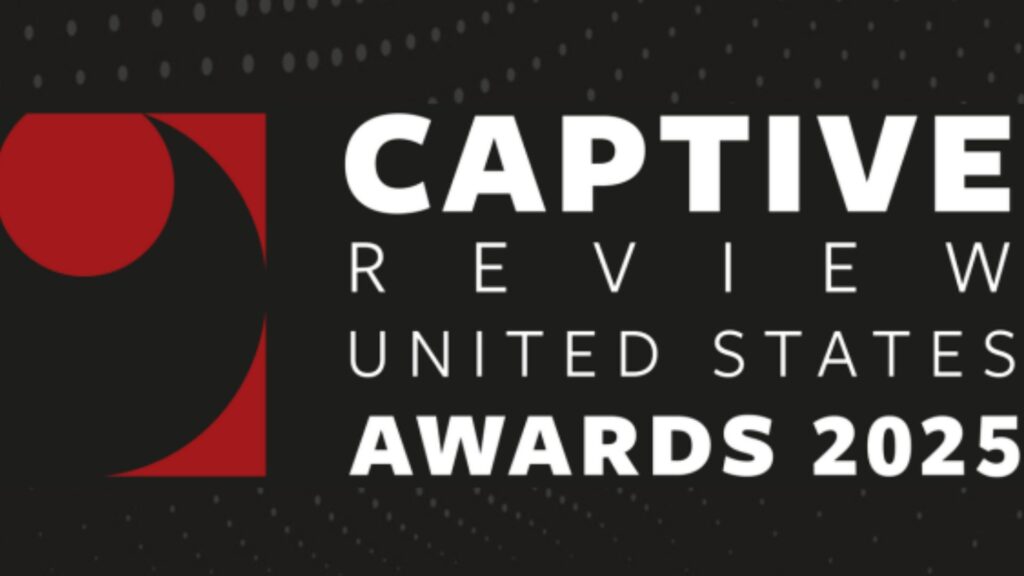People
Topics
Share
As society increasingly pivots towards clean and green energy solutions, driven by the imperative of sustainability and the dramatic effects of climate change, the energy landscape is undergoing a profound transformation. Companies across all industries are embracing renewable alternatives and adopting environmentally conscious practices. This shift can lead to many obstacles when it comes to liabilities and coverage. Last week, I had the pleasure of attending the International Risk Management Institute (IRMI)’s Energy Risk & Insurance Conference (ERIC) which tackled this very issue. Experts across the risk management industry convened to discuss emerging energy risks and potential solutions. I had the pleasure of presenting on this topic, “Captives—Too Late for Fossil Fuels or Too Soon for Green Energy?” and wanted to share some key insights.
The Legacy of Traditional Energy
For decades, traditional energy sources like coal, oil, and natural gas have served as the pillars of global energy infrastructure. These sources have powered industries, fueled transportation, and sustained economies worldwide. However, their reliance on finite resources and contribution to environmental degradation have brought their sustainability priorities into question.
While traditional energy remains deeply entrenched in global economies, its future is increasingly uncertain. Mounting pressure to reduce carbon emissions, coupled with the emergence of renewable alternatives, has catalyzed a shift towards cleaner energy sources.
The Promise of Renewable Energy
The rise of renewable energy technologies such as solar, wind, and hydroelectric power represents a socio-economic shift towards sustainability. These sources offer cleaner alternatives, reducing carbon emissions and mitigating the impacts of climate change. Their abundance and renewable nature make them promising candidates for a greener future.
However, the transition to renewable energy has its challenges. The intermittency of renewable sources coupled with the need for infrastructure investments, presents hurdles to widespread adoption. The inertia of traditional energy industries along with regulatory complexities further slow down the pace of transition.
The Role of Captive Insurance
Amidst this energy transition, captive insurance has been at the forefront for risk management teams trying to optimize coverage and reduce costs. With few regulations, many insurers are moving away from insuring coal and creating more inclusive policies for oil and gas. It is estimated that 62% of reinsurers now have coal exit policies and 38% have oil and gas exclusions as shift away from fossil fuels accelerates.1 Insurance coverages and costs coupled with sustainability priorities have many organizations questioning if switching to alternative energy sources is critical.
On the other end of the stick, insuring green/new energy has not been easy. Although we are seeing new coverages such as leakage insurance for CO2, and coverage for solar, hydrogen, and bioenergy, pricing and underwriting remain huge issues. With any new risks, there are still untested coverages and language that may lead to future conflict when claims are filed. Many insurers also worry about the scalability of the new coverages once many companies shift to green energy; how will the underwriting processes and pricing shift or scale once more companies adopt green energy?
This natural lack of transition had sprouted a giant funding dilemma of insuring energy companies. Although many large companies are self-insured and/or adopt captive insurance as a solution, often mid and smaller companies are stuck in no-man’s-land. Many of these companies are looking into alternative funding options, such as a group captive, to help share risks with similar organizations without paying obscene premiums. This allows mid and smaller energy companies to meet lender requirements at lower rates and reduce net costs through reinsurance.
Where are Things Headed?
I expect in the coming years we may see drastic changes in how energy companies are insured; a lot depends on how committed commercial insurers are to exiting certain industries and promoting new energy coverages. There seem to be certain lines/industries that scale faster, both with regard to comprehensive underwriting processes and pricing volatility. Another significant consideration is governmental/regulatory changes. With climate change as a major political issue, policyholders and insurance companies may need to adapt more quickly if regulations are passed pushing for the use of green energy.
In conclusion, the dichotomy between old and new energy and how to properly insure them is a hot-button topic in the risk world. As older energy sources, such as coal, are becoming more and more uninsurable, newer green energy sources are untested and challenging to underwrite. We are in an interesting position where insurance companies and policyholders know they must shift towards renewable energy but cannot properly insure it (yet). Although alternative funding options, such as captive insurance, have proved thus far to be a solution, there are still so many unforeseen variables that will undoubtedly affect how energy is insured.
1 https://global.insure-our-future.com/with-new-coal-uninsurable-insurers-start-to-move-on-oil-and-gas/


